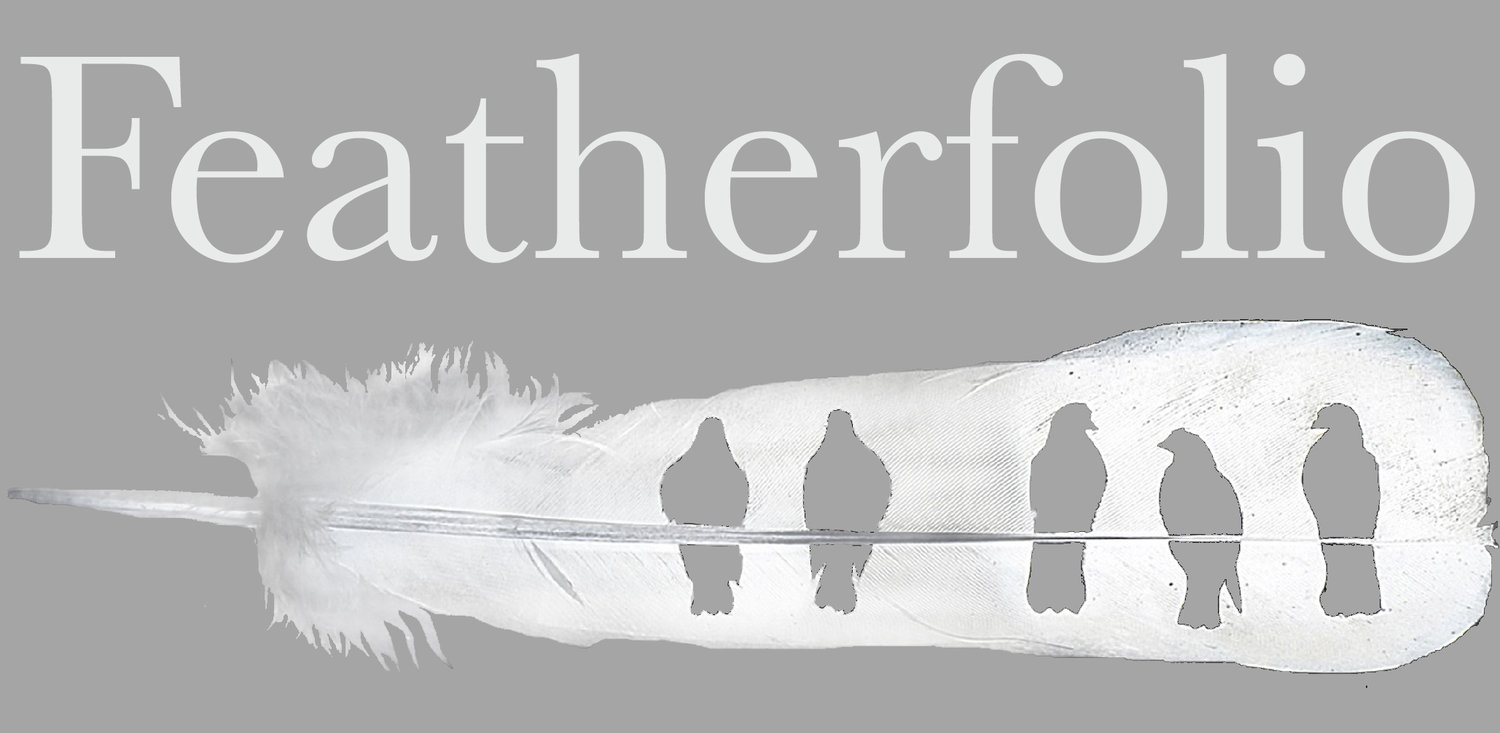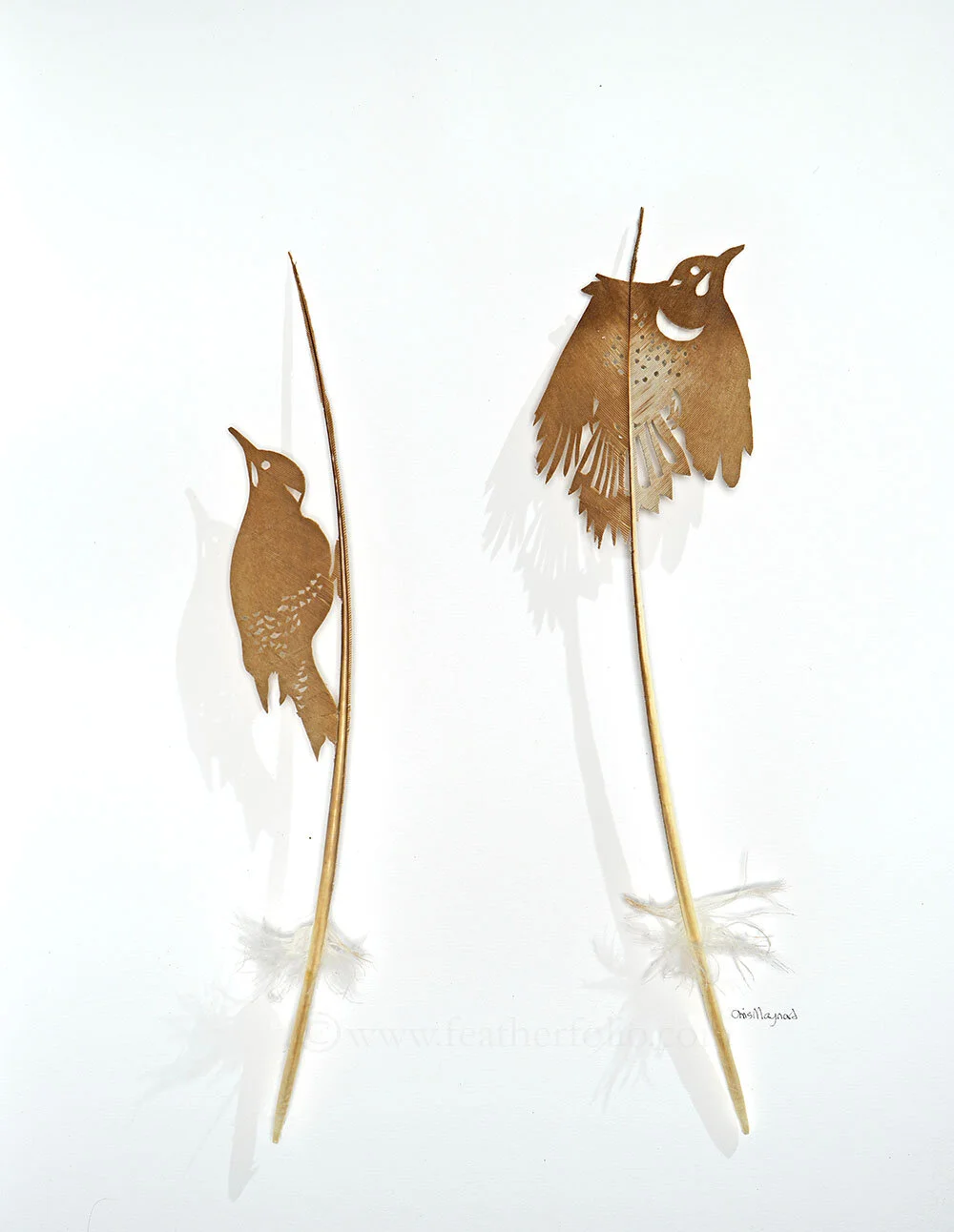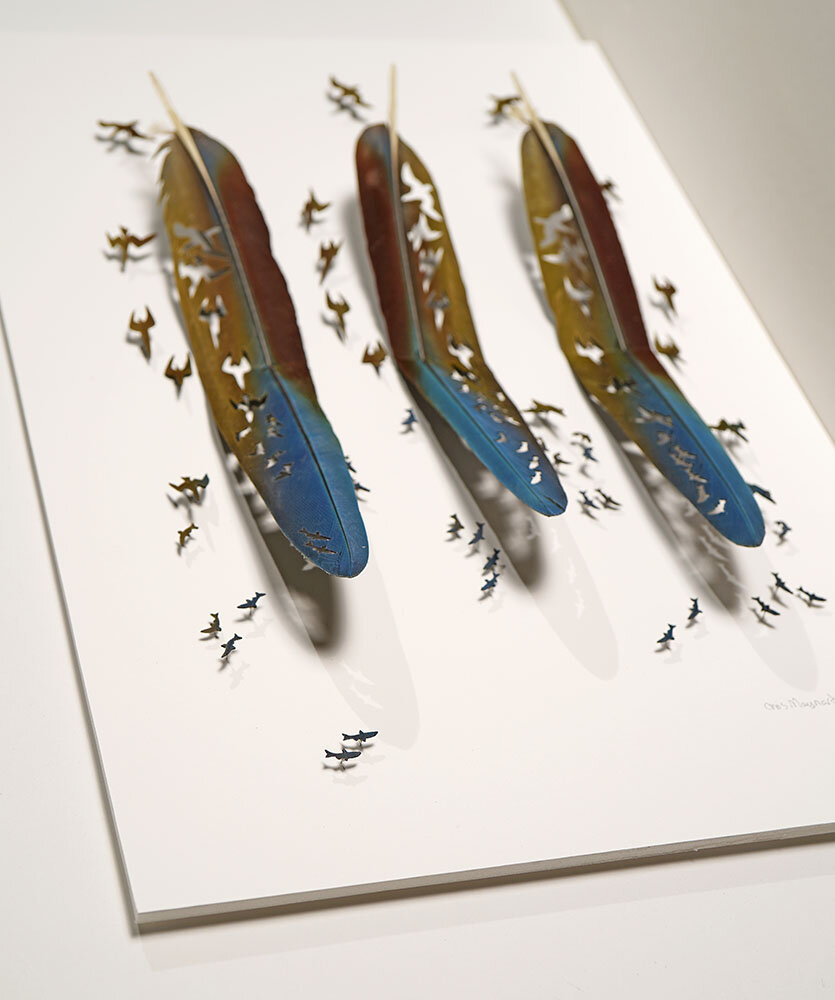Keratin is the strongest of animal materials.* Some creatures keep their keratin parts—sheep keep their horns, we keep our toenails (although we clip them a lot), and cats and dogs keep their claws. Some creatures shed their keratin parts constantly—we keep shedding our skin as little flakey dust particles. Some creatures shed their keratin parts regularly—birds shed their feathers and snakes shed their skins.
Skin, fingernails, hair, horns, beaks, claws, spines, hoofs, scales, whale baleen, and most complicated of all, feathers are coverings that protect and assist us animals. They are barriers against disease, scrapes, the sun’s rays, and cold. They provide camouflage, filter out shrimp and fish for baleen whales, and provide protection against predators for porcupines. Our skin, which is largely made of keratin, provides a barrier against viruses. Male antelope use their horns to fight each other before and during mating season. Keratin in claws help dogs, moles, and other creatures dig, and help cats climb. As feathers, keratin keeps birds warm, dry, and able to fly.



















